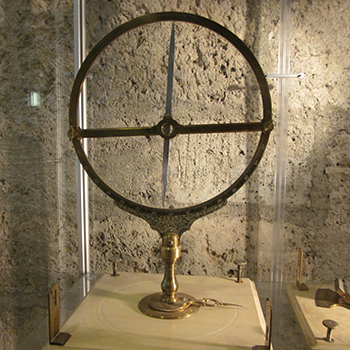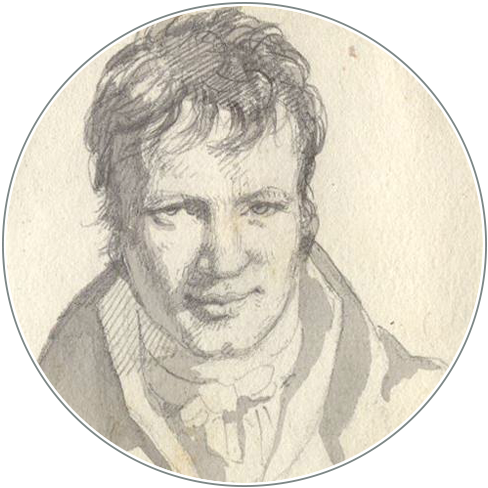Der Humboldt’sche Magnetische Verein im historischen Kontext
DOI:
https://doi.org/10.18443/357Keywords:
Societas meteorologica Palatina; Humboldtscher Magnetischer Verein; Göttinger Magnetischer Verein; Gauß: Allgemeine Theorie des ErdmagnetismusAbstract
Zusammenfassung
Der Humboldtsche Magnetische Verein (1829–1834) mit seinem Zentrum in Berlin, an dem 4 weitere Stationen mitwirkten, hatte einen Vorläufer, die Societas meteorologica Palatina (1780–1795). Diese verfügte über 17 über die Nordhalbkugel verteilte Stationen, an denen magnetische Beobachtungen durchgeführt wurden. Der Nachfolgeverein mit 61 über den Globus verteilten Stationen war der Göttinger Magnetische Verein (1834–1841).
Der Humboldtsche Magnetische Verein war der erste, an dem die Gleichzeitigkeit der Beobachtungen, sog. korrespondierende Beobachtungen, anhand Berliner Zeit eingeführt wurden. Diese Methode wurde in Göttingen, wo Gauß und Weber seit 1834 über ein Magnetisches Observatorium verfügten, übernommen, modifiziert und verbessert, alle 61 angeschlossenen Stationen beobachteten gemäß Göttinger mittlerer Zeit.
Abstract
The Humboldtian Magnetic Association (1829–1834) with its center in Berlin had 4 further stations which contributed special data. Its predecessor, the Societas meteorologica Palatina (1780–1795), enclosed 17 stations distributed over the northern hemisphere, where magnetical observations took place. The Association which succeeded was the Göttinger magnetic Association (1834–1841); 61 stations collaborated with this Association.
The Humboldtian Magnetic Association was the first, where contemporaneity was crucial, the so-called corresponding observations. Gauss and Weber in Göttingen, who were provided with a magnetical observatory since 1834, adopted this method and improved it, all their 61 stations observed according to Göttingen mean time.
Résumé
L’Association Magnétique de Humboldt (1829–1834) dont le centre était à Berlin avait 4 stations qui collaboraient. Elle avait un prédécesseur, à savoir la Societas meteorologica Palatina (1780–1795) qui disposait de 17 stations distribuées sur l’hémisphère du nord où des observations magnétiques étaient effectuées. Le successeur était l’Association Magnétique de Göttingen (1834–1841) qui disposait de 61 stations distribuées sur le globe. L’Association Magnétique de Humboldt était la première dans laquelle la simultanéité des observations, qui s’appelaient des observations correspondantes, a été introduite en s’appuyant sur le temps de Berlin. Gauss et Weber qui disposaient d’un observatoire magnétique depuis 1834 ont adopté, modifi é et amélioré cette méthode. Toutes leurs 61 stations observaient conformément au temps moyen de Göttingen.

Downloads
Published
How to Cite
Issue
Section
License
Copyright (c) 2023 Karin Reich

This work is licensed under a Creative Commons Attribution-NonCommercial 4.0 International License.
HiN operates under a Creative Commons-Licence (CC BY-NC 4.0), which permits the reproduction of articles, free of charge, for non-commercial use only and with the appropriate citation information. All authors publishing with HiN accept these terms of publication.
Authors retain the copyright for their articles and reviews. Copyright of the layout and design of HiN articles remains with the journal and cannot be used in other publications.









